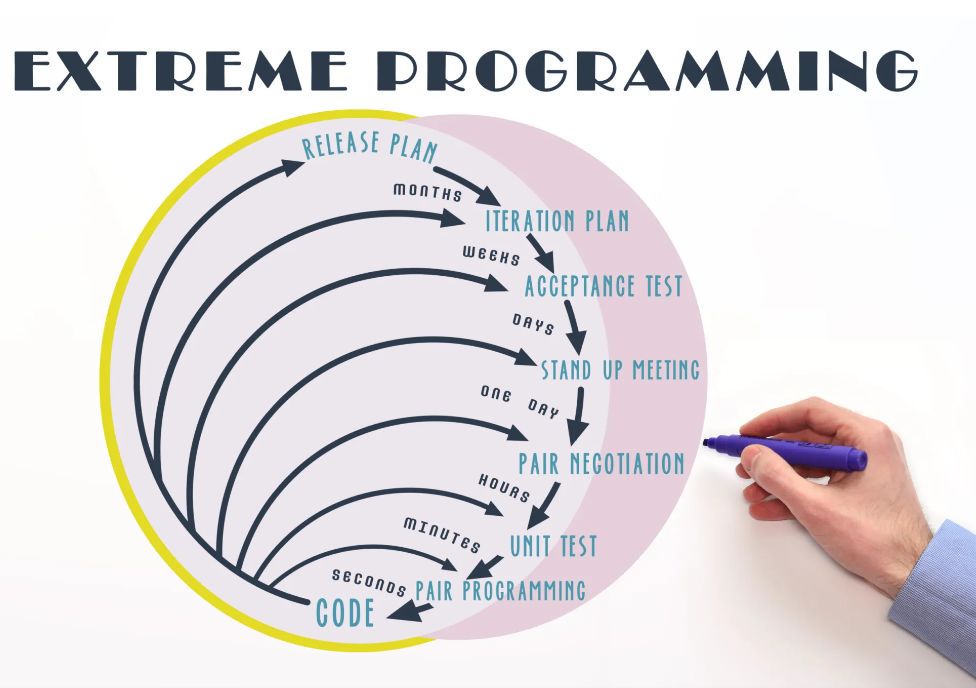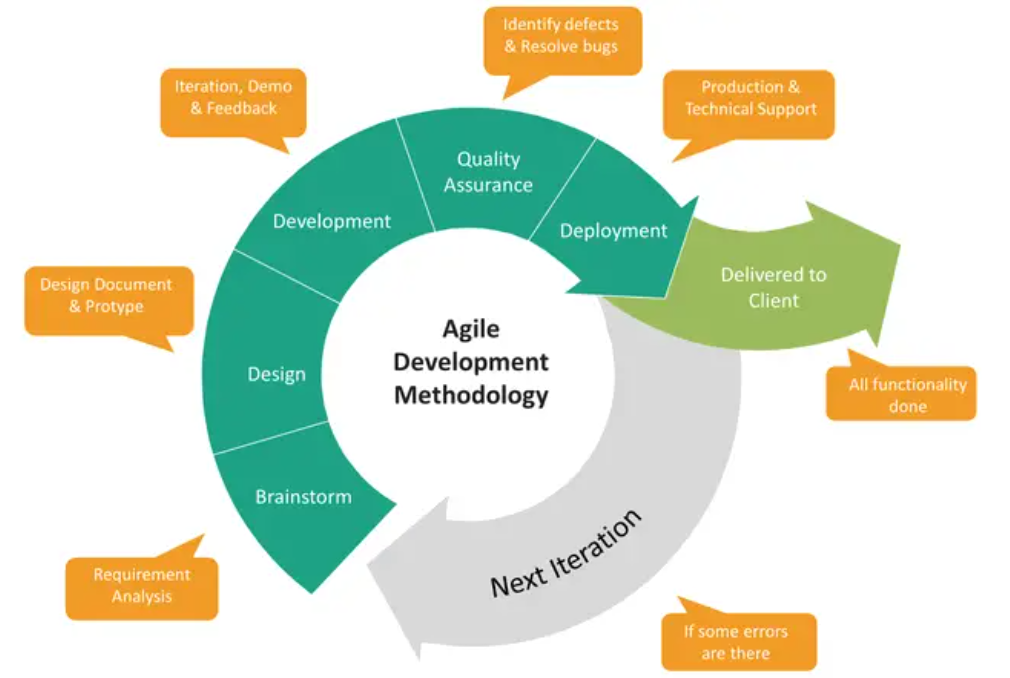The field of project management is constantly in a state of flux, with new developments emerging all the time. As such, project managers must continually research and implement new techniques in order to deliver value and remain competitive.One of the best ways to achieve these objectives is to employ Agile methodologies. But what exactly are Agile methodologies and how can they help you to streamline your approach to your next project?
An overview of Agile methodologies
Agile methodologies are an excellent tool to help project managers divide tasks into a series of smaller increments. These methods prioritise collaboration between stakeholders and managers, which ensures that real-time improvements can be made during each phase of a project.
An introduction to some effective Agile methods
As this Forbes article explains, project management skills aren’t only beneficial to project managers. So, whether you are a project manager or you want to learn some new coordination and planning skills, some of the most popular Agile methodologies include:
Scrum
The Scrum methodology utilises clearly defined development stages called sprints. The Scrum method is designed to help project managers to produce a final outcome within a short space of time using both daily meetings and daily Scrums as a way to ensure every workday is designed to deliver maximum productivity.
Those proficient in this methodology are often referred to as an Agile Scrum Master. There are many guides to perfecting this methodology, including this agile scrum master toolkit.
Extreme Programming
Also known as XP, the Extreme Programming method emphasises the importance of communication, feedback and respect. Customer satisfaction is prioritised throughout, and the project team is afforded a high level of trust to adapt to changing customer needs.
Kanban
With origins in Japanese time management, the Kanban method utilises workflows to ensure that team members understand how each task feeds into the delivery of a complete project. Physical Kanban boards are used to display workflows, which are separated into columns to which new tasks are added as the project develops.
There are numerous benefits to remaining agile, including delivering top-quality results and communicating seamlessly with clients.


